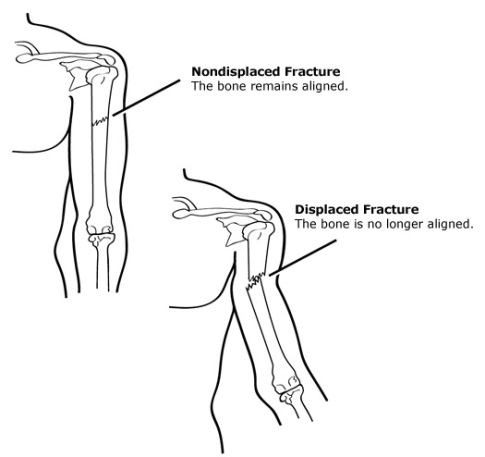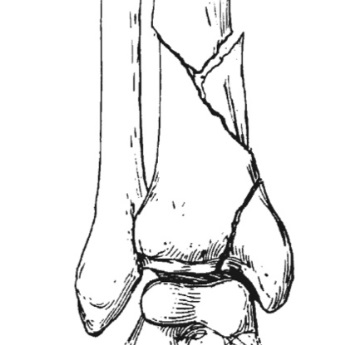ACEP ID:
- My Account
- My CME
- Sign Out
ACEP ID:


ICD-10-CM and Open Fractures
ICD-10-CM provides a wealth of opportunities for coding fractures. From traumatic to pathological, open or closed, displaced, greenstick, spiral and stable burst; anatomical left/right, proximal, shaft or distal—all of these descriptors and more may be used to code fracture bones. This discussion will focus on open fractures.
Open Fractures
Open fractures, particularly of long bones in the forearm, upper and lower legs may be coded with a high degree of specificity using ICD-10-CM codes, which utilize the Gustilo & Anderson Classification of Open Fractures.
The following are descriptive examples of Gustilo & Anderson classifications available for coding open fractures in ICD-10-CM:
Type III open fractures of the forearm, upper and lower leg may be further classified into:
Coding Tips for Fractures:
Initial care 7th character codes “A” (closed fracture) or “B” (open fracture Gustilo Type I or II, or unspecified) or “C” (open fracture Gustilo Type IIIA, IIIB, or IIIC) indicate the patient is receiving active treatment for the fracture. It is appropriate to use initial evaluation and treatment suffix “A” when the patient has been transferred from another facility to a higher level trauma facility for active management of the fracture.
For additional information on ICD-10 coding for emergency medicine, visit the ACEP Reimbursement page.
08/2015